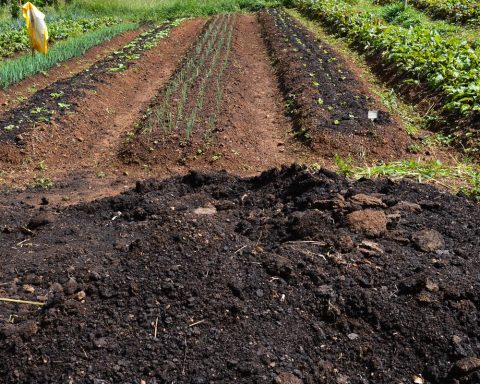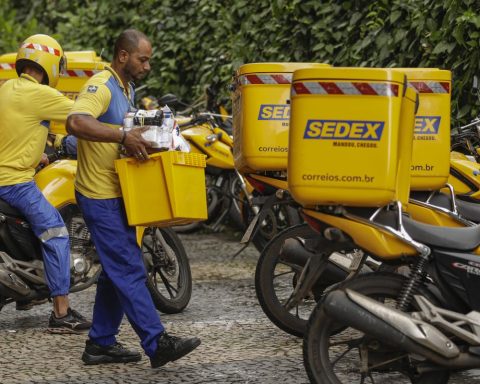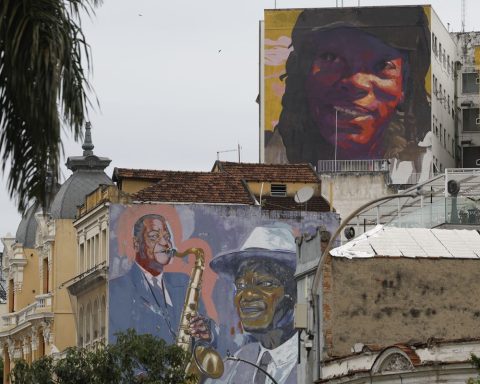Visitors from other countries left US$ 416 million in Brazil in September, according to data released by the Central Bank on Monday (24). It was the highest index for the month since September 2016, the year of the Rio de Janeiro Olympic and Paralympic Games, which recorded US$446 million in revenue.
Between January and September of this year, accumulated spending by foreigners exceeded US$ 3.6 billion, surpassing the rates recorded throughout 2021 and 2020. In 2022, January, March and August were better than September. The record was set in March, when foreign tourists spent US$ 453 million in Brazil. In January the value was US$ 421 million, while August recorded US$ 431 million.
Embratur
For the president of Embratur, Silvio Nascimento, the numbers indicate a resumption of tourism in Brazil after the covid-19 pandemic. According to him, the published index exceeds that recorded in September 2019, when foreign expenditure in that month was US$ 400 million.
In Embratur’s assessment, the increase in revenue in the travel sector is a reflection of the increase in the flow of tourists coming to Brazil in 2022. Until September, around 1.8 million visitors came to the country, according to data from the Federal Police. In September alone, approximately 192,000 tourists entered Brazil, a number that is still behind the 287,000 who came to the country in 2019, before the pandemic.
According to a survey by the Tourism Council of the Federation of Trade in Goods, Services and Tourism of the State of São Paulo (FecomercioSP), based on data from the Brazilian Institute of Geography and Statistics (IBGE), Brazil also had a record performance for national tourism in August this year. There were BRL 17.6 billion moved by the sector in the country, the best result for the month since 2015.
In the last 12 months, there was an increase of 32.9%. Among the segments, air transport stands out, with annual growth of 72.8%. The number of passengers transported in August reached 7.29 million, 30% more than in the same month in 2021 and close to the 7.9 million recorded in 2019, before the pandemic.
The lodging and food sectors also showed an increase of 23.1%, while land transport grew 16.8%. Cultural, recreational and sports activities (13.3%) and water transport (16.5%) also rose.















